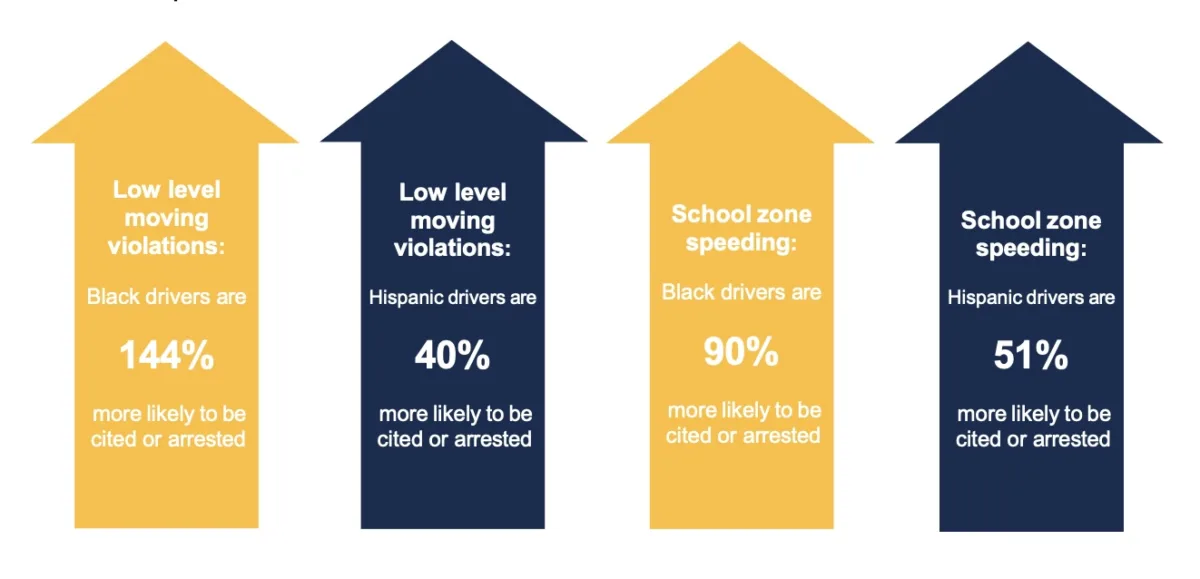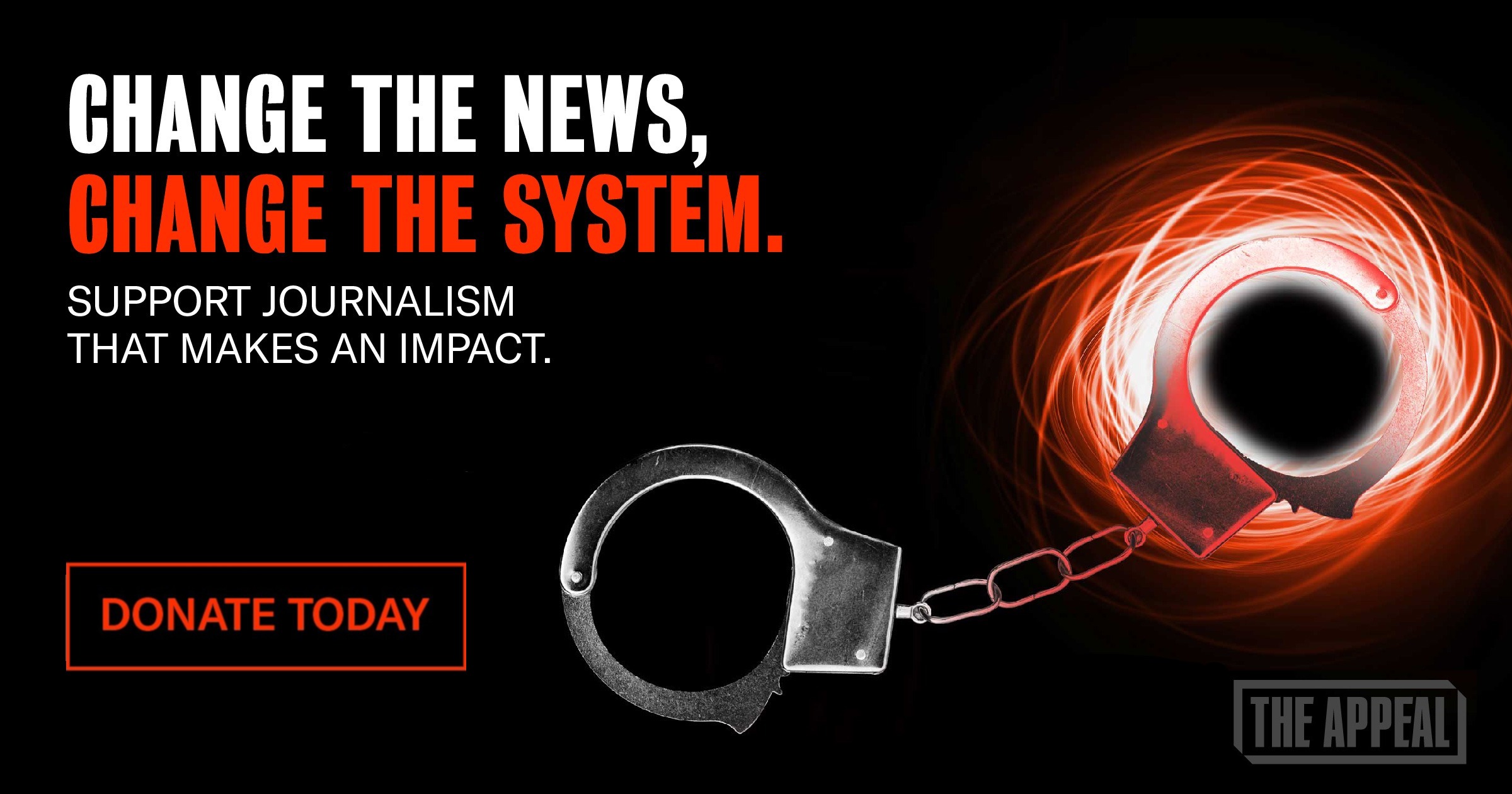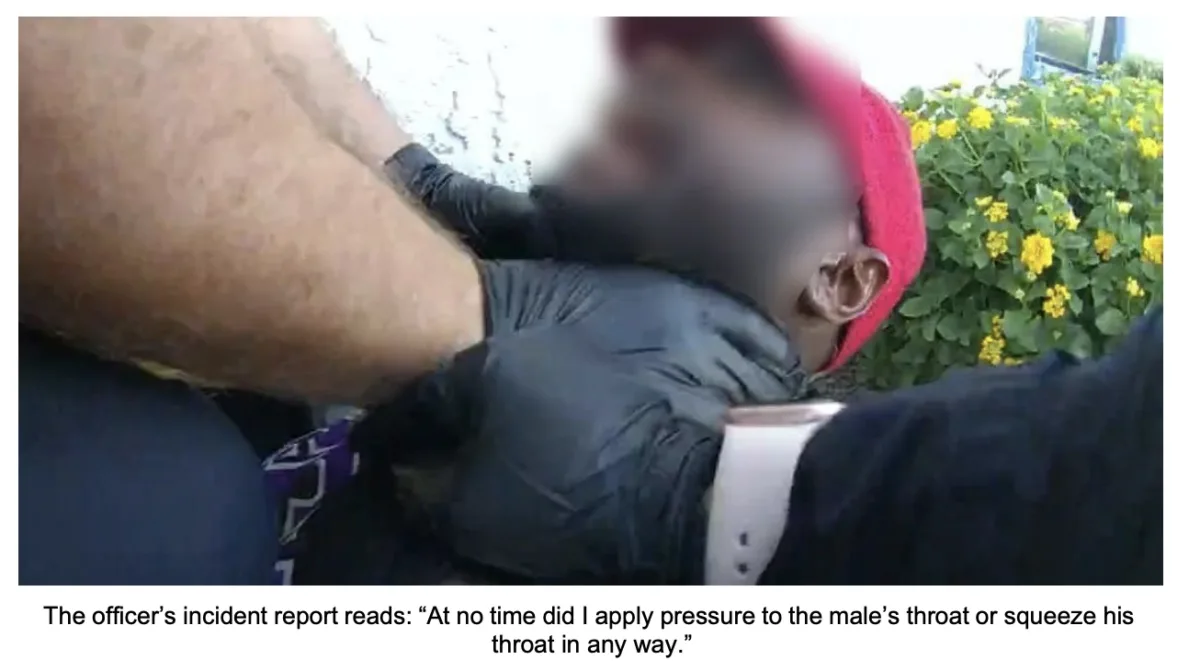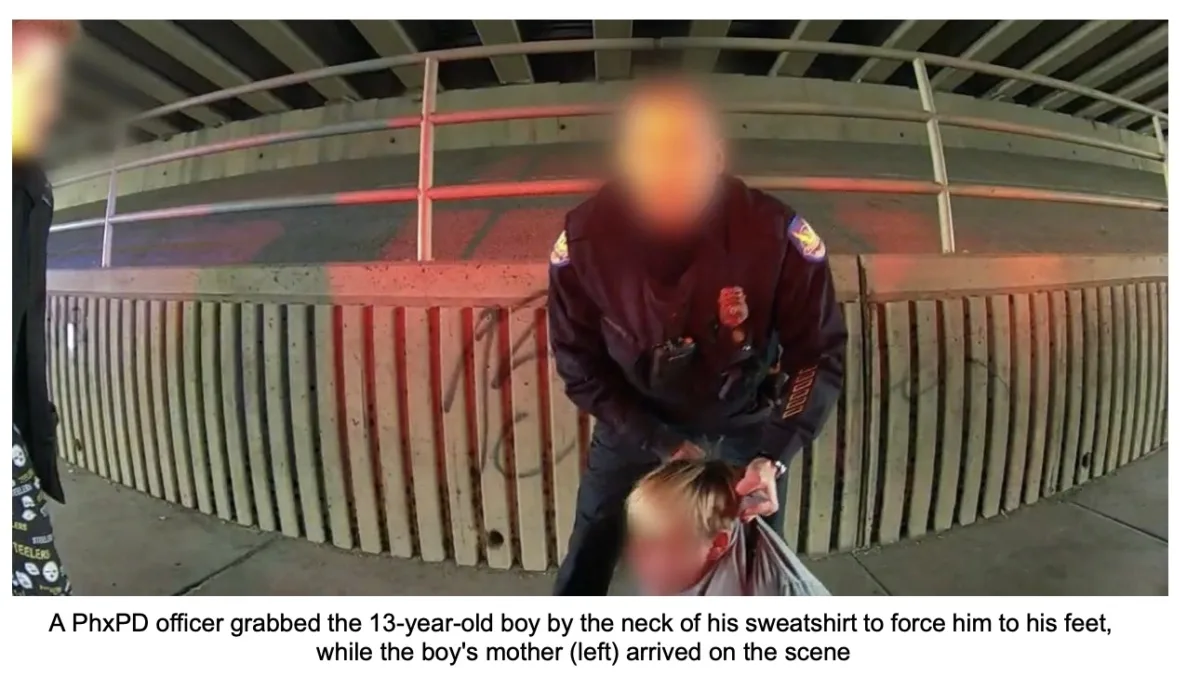Phoenix Police Wantonly Use Violence and Violate Civil Rights, DOJ Finds
The DOJ said the Phoenix Police Department engages in a stunningly long list of civil rights violations, including using excessive force, discriminating against people of color, hurting children, and harassing the unhoused.

The Department of Justice on Thursday released the findings of a three-year investigation into civil rights violations by the Phoenix Police Department. In a press conference, Kristen Clarke, the DOJ’s assistant attorney general for civil rights, listed a litany of troubling findings, including that Phoenix officers regularly use excessive force; unlawfully detain unhoused people; discriminate against Black, Hispanic, and Indigenous people; violate the rights of protesters; and discriminate against people with disabilities.
Clarke acknowledged that the findings were “severe,” even compared to other investigations her office has handled. She noted that this is the first time the DOJ has found that a department systemically discriminates against the unhoused.
“Based on a comprehensive review, we find that there is reasonable cause to believe that the police department and the city engage in a pattern or practice of conduct that violates the First, Fourth, and 14th Amendments of the U.S. Constitution,” Clarke said. “We have also identified violations of the Safe Streets Act, the Civil Rights Act of 1964, and the Americans with Disabilities Act.”
In a 15-minute prepared speech, Clarke ran through the investigation’s major findings, including that:
- Phoenix officers “often unreasonably” escalate situations “within the very first few minutes or even seconds of an encounter.”
- Officers improperly use tasers, projectiles, leg restraints, police dogs, deadly force, and neck restraints.
- Officers also “routinely delay medical aid and employ excessive force on wounded people.”
- The Phoenix Police Department trains officers that “escalation is de-escalation, meaning that you could escalate a situation with force including deadly force in order to defuse it.”
- The department “not only instructs officers to be proactive in using projectiles, but has adopted a ‘use it or lose it policy,’ taking the weapons away from officers who did not fire them enough.”
- 37 percent of all Phoenix police’s misdemeanor arrests and citations were of unhoused people.
- Phoenix officers regularly stop, detain, and arrest people experiencing homelessness without any reasonable suspicion that they’ve committed a crime, then seize and destroy their property.
- Black drivers in Phoenix are 144 percent more likely than white drivers to be arrested or cited for low-level moving violations.
- Black people are arrested for marijuana possession at nearly seven times the rate of white people.
- Native American people in Phoenix are 44 times more likely than white people to be cited or arrested for possessing or consuming an alcoholic beverage.
- The department retaliates against people who criticize the police.
- Phoenix sends armed police to respond to behavioral health incidents, even when other options are available and when no police response is necessary.
- Police treat children as adults and routinely harm kids.
DOJ officials will likely ask the city of Phoenix to sign a legal settlement known as a consent decree. The agreement requires agencies to submit to independent federal monitoring to ensure that reforms are implemented.

Spokespeople for the Phoenix Police Department did not immediately respond to emails seeking comment.
Shortly after the press conference ended, Mayor Kate Gallego released a statement to the media.
“Just a few moments ago, at the same time as the public, the City of Phoenix received the federal government’s findings report,” Gallego said. “The City Council will meet this month—in Executive Session on June 25—to receive legal advice, better understand the report, and discuss next steps. I will carefully and thoroughly review the findings before making further comment.”
Gallego and Phoenix City Council members previously said they would not agree to a consent decree without seeing the results of the DOJ investigation.
But, in her remarks, Clarke said the city has failed to fix its issues on its own.
“The police department claims it was unaware of these significant racial disparities,” Clarke said. “But longstanding and frequently voiced community concerns about discriminatory policing, as well as overt displays of bias within the police force, should have spurred the department to analyze its own data. Instead, the police department turned a blind eye to the data, ignored these unmistakable warnings, and failed to uncover its own discriminatory policing patterns.”

The DOJ investigation began on Aug. 5, 2021, after years of high-profile misconduct incidents and leading the nation in police shootings. In a press release that day, DOJ officials said they intended to investigate “all types of use of force by PhxPD officers, including deadly force.” In addition, investigators said they would determine whether the department retaliates against people for expressing their First Amendment rights to free speech and protest; discriminates against people on the basis of race, ethnicity, or disability; and unlawfully destroys the belongings of people experiencing homelessness.
In the past decade, Phoenix police were involved in more fatal shootings than every other police department in the country except for the Los Angeles Police Department. In 2018, Phoenix police shot at 44 people—more people than any other police department in the country. In comparison, members of the New York Police Department shot at people 23 times that same year—the NYPD had nearly 40,000 police officers. Phoenix had just 3,000.
Ten years of police use-of-force data obtained by The Arizona Republic showed that Phoenix officers used force against people of color at higher rates than they did against white people. In 2019, officers used force five times as often against Black and Native American people. Phoenix officers have also frequently used deadly force against people with disabilities or mental illness, including an instance in 2017 when Muhammad Muhaymin tried to use a restroom with his service dog. Police held Muhaymin down and knelt on him while he repeatedly stated “I can’t breathe.” Muhaymin, who suffered from claustrophobia and schizophrenia, died in a pool of his own vomit. None of the officers involved were disciplined.
In 2019, at least five Phoenix police officers were fired for separate instances of misconduct—several of which drew national attention to the department. One of the officers was fired after cellphone footage showed him pulling a gun on a 22-year-old Black man while saying he was going to “Put a fucking cap in your fucking head!” Another was fired after a nonprofit published a deluge of offensive Facebook posts made by 72 members of the Phoenix Police Department. In the posts, officers and sergeants joked about Muslim people using goats as sex slaves, shooting former President Barack Obama in the face, and killing protesters.

That same year, a Phoenix police officer shot 19-year-old Jacob Harris in the back, killing him as the teenager ran away from police. The officer faced no consequences. Instead, three of Harris’s friends who were with him at the time—Johnny Reed, Sariah Busani, and Jeremiah Triplettt—were charged with Harris’s murder under Arizona’s felony murder law. Reed, who was 14 at the time, was sentenced to 15 years in prison. All three remain incarcerated to this day. Jacob Harris’s father, Roland Harris, previously met with DOJ officials about his son’s death.
During Thursday’s press conference, Clarke referenced Harris’s death.
“Phoenix officers shot a man and after he fell, fired multiple projectiles at him then sent a police canine to drag him back to them,” Clarke said. “The pain they inflicted was extraordinary, but, for nine minutes, officers failed to provide medical aid. Tragically, that man died.”
In 2021, Phoenix police officers and prosecutors from the Maricopa County Attorney’s Office falsely claimed Black Lives Matter protesters were members of a fictional gang in order to levy serious criminal charges against the demonstrators. It wasn’t the first time Phoenix police officers abused their authority against protesters: officers also created a trophy coin celebrating when police officers shot a protester in the groin in 2017.
People experiencing homelessness have said for years that Phoenix police officers frequently throw away their belongings when sweeping encampments or citing people for camping-related offenses. Even after the DOJ launched its investigation, Phoenix officers reportedly continued to improperly dispose of unhoused people’s belongings, including IDs and social security cards.
“This behavior is not only unlawful, but it conveys a lack of respect for the humanity and dignity of some of the most vulnerable members of our society,” Clarke said.

In numerous instances, the DOJ said the city should send non-armed crisis responders either alone or alongside police for many incidents.
“The hair trigger tendency of Phoenix police to use indiscriminate, overwhelming force is both pronounced and harmful,” Clarke stated. “We saw officers including those with specialized training quickly escalate encounters by using force making arrests even when the police were on scene specifically to transport the person to behavioral health treatment. These harms could be eliminated by dispatching behavioral health responders where appropriate, and where a large risk law enforcement response is needed. The harms could be mitigated by sending behavioral health responders together with police.”
Phoenix city officials repeatedly pushed back against the DOJ investigation before the findings were released. In January, an attorney for the city of Phoenix sent DOJ officials a letter asking to resolve the investigation with a non-binding “technical assistance letter” instead of a consent decree. Such letters give departments guidelines for reforms but are not enforced by outside monitors.
The Phoenix Police Department states on its website that it is a “self-correcting agency” that has made plenty of reforms in recent years. Likewise, the city said in January that the DOJ can trust Phoenix to change the police department on its own. Since January, Phoenix police officers have shot and killed eight people.
In her prepared remarks, the DOJ’s Clarke said the department and city have not done nearly enough to remedy their systemic problems.
“Recently, the city issued a road to reform report laying out what the city has done and intends to do in the future to achieve constitutional policing. However, today many reforms have not yet been implemented. Other reforms exist on paper, but not in practice. In total, these efforts are simply not enough to address the full scope of our findings today.”
This is a breaking story and may be updated.
